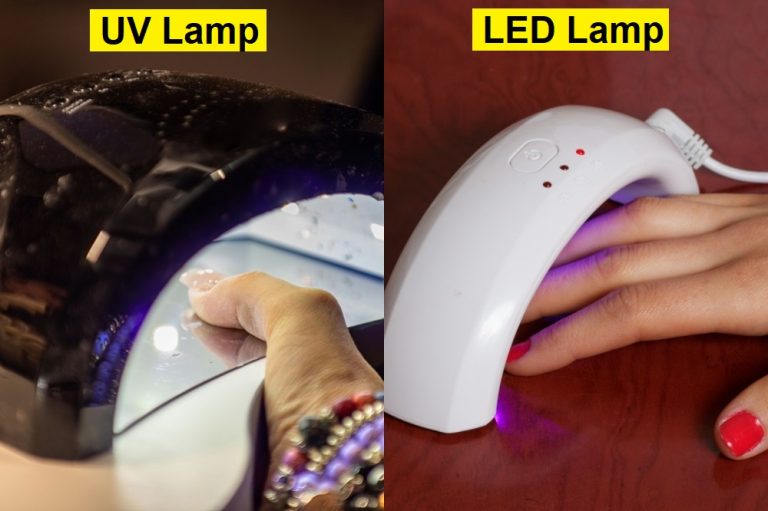
Are LED and UV Nail Lamps the Same? Understanding Their Differences
Are LED and UV nail lamps interchangeable, or do they bring distinct benefits to your nail care routine? In this exploration, we delve into the fundamental disparities between LED and UV nail lamps. Understanding their operational principles, unraveling the chemistry behind nail reactions, comparing the efficacy of manicure results, evaluating safety aspects, and ultimately guiding you on selecting the most suitable option – this comprehensive guide aims to shed light on the nuances of LED and UV nail lamps. Let’s embark on a journey to decode the secrets behind these essential tools for a flawless manicure. LED and UV Lamps’ Operational Principles Understanding the fundamental workings of LED and UV nail lamps is crucial for achieving the perfect manicure. Let’s delve into the core principles that define these essential tools. 1.1 Types of Light Sources LED (Light Emitting Diode) and UV (Ultraviolet) lamps employ different light sources to cure nail products. Here’s a breakdown of their key characteristics: Light Source LED Lamps UV Lamps Type Semiconductor diodes Low-pressure mercury-vapor lamps Wavelength Narrow and specific wavelengths Broad spectrum of UV wavelengths Intensity Instantaneous high intensity Continuous moderate intensity LED lamps use semiconductor diodes that emit light at specific wavelengths, while UV




